In the Realm of Hungry Ghosts
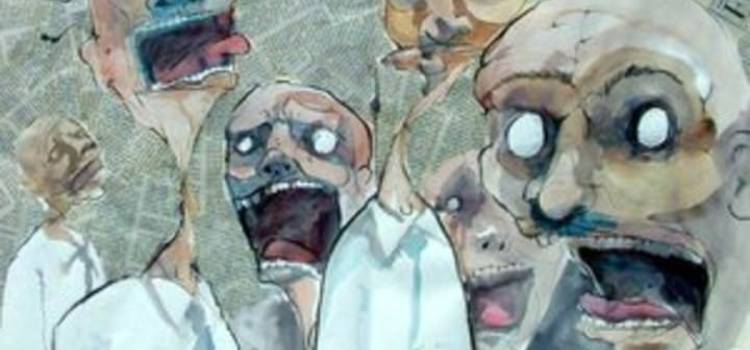
Fifty Chosen Articles:
Number Twenty-One.
The first of seven consecutive book reviews.
Originally posted in December 2012.
One of the questions is “Why a culture-based lifestyle that creates addiction?”
Review by Roger C.
Nothing sways them from their habit, not illness, not the sacrifice of all earthly goods, not the crushing of their dignity, not the fear of dying, the drive is that relentless. (p. 28)
Dr. Gabor Maté derives the title of his book In the Realm of Hungry Ghosts: Close Encounters with Addiction from the Buddhist mandala, the Wheel of Life, which revolves through six realms, one of which is that of hungry ghosts. “This is the domain of addiction,” he writes, “where we constantly seek something outside ourselves to curb an insatiable yearning for relief or fulfilment. The aching emptiness is perpetual…” (p. 1)
Dr. Maté knows of what he speaks. At the time of writing the book, he was the staff physician for the Portland Hotel Society, which provides housing and medical care to addicts in Vancouver’s notorious Downtown Eastside.
The book is a massive and ambitious undertaking. It runs to some 450 pages and is broken down into seven parts.
There are many solid reasons to read, and recommend, this book. I will discuss just a few that especially helped me to better understand the affliction of alcoholism and addiction.
Part I of the book is called Hellbound Train. It is ninety pages long. Reading it is a bit like relocating: all of sudden the reader finds herself on East Hastings Street in downtown Vancouver, loitering with those bereft of a home, family or a reason to live, other than drugs. Reader beware: Maté will take you along to the funeral of a (former) heroin addict and patient, Sharon. That chapter is called “The Lethal Hold of Drugs.”
Make no mistake, there are no recoveries portrayed in this book. Not one. Maté is dealing with addiction in its late stages. The Portland Hotel Society operates Insite, the only supervised injection site in North America. In 2009, the site recorded 276,178 visits (an average of 702 visits per day) by 5,447 unique users. (Wikipedia)

Dr. Gabor Maté
It is rare that the plight of addicts is portrayed as poignantly, and as honestly, as it is by Maté. In his review of the book, Bill White (author of Slaying the Dragon: The History of Addiction Treatment and Recovery in America) writes: “In the Realm of Hungry Ghosts achieves many things, but its greatest emotional impact is as an ethnographic study of urban addiction.” It is a motley crew that is portrayed here, and that with great empathy and compassion. I read this section partly in shock and partly with a sense of gratitude and relief that I had survived my own “close encounter with addiction” and had, somehow, gotten off the hellbound train.
Maté goes somewhere few in the field of recovery dare to tread, and that is a discussion of the various ways in which society exacerbates the problem of addiction.
For Maté, social defects are perhaps more important to understanding alcoholism and addiction than “character defects.”
Part VI of his book is called Imagining a Humane Reality: Beyond the War on Drugs. In a chapter entitled “Dislocation and the Social Roots of Addiction,” Maté identifies “dislocation” as a primary social factor leading to a dependence on drugs and alcohol. He bases his argument in part on the works of Bruce Alexander, author of The Globalization of Addiction, and Robert Dupont, the first director of the National Institute on Drug Abuse (NIDA) and the author of The Selfish Brain: Learning From Addiction. Both argue that in premodern times alcohol abuse was rare and it was only with the coming of the industrial age and the dominance of the free market system from 1800 onwards that alcoholism “became a raging epidemic.” Maté writes:
With the rise of industrial societies came dislocation; the destruction of traditional relationships, extended family, clan, tribe and village. Vast economic and social changes tore asunder the ties that formerly connected people to those closest to them and to their communities. (p. 261)
Although all individuals are prone to addictions enabled in this manner, Maté suggests that nowhere are the destructive results of the market approach to human interaction more graphically illustrated than in its impact on aboriginal cultures around the world, including in Canada. The rate of death due to alcohol abuse is 43.7 per 100,000 among Aboriginal peoples, nearly twice that of the general population (23.6 per 100,000) and the death rate due to illicit drugs is approximately three times higher than the rate of the general population in Canada. (Addictive Behaviours Among Aboriginal People in Canada, p. 25) “In the case of drug addiction, the sins of entire societies are visited unevenly on minority populations” who are especially vulnerable to the dislocation that is its result, Maté writes. (p. 261)
He is especially critical of the so-called “War on Drugs.” He calls for a “rational and humane” approach to drug users and the decriminalization (not legalization) of substance dependence. Maté writes that the war on drugs unnecessarily creates criminals and, inadvertently, greater addiction. “Recall that uncertainty, isolation, loss of control and conflict are the major triggers for stress and that stress is the most predictable factor in maintaining addiction and triggering relapse. These are also precisely the conditions that the demonization of addiction and the War on Drugs (deliberately!) impose on hardcore substance users.” (p. 300) He calls for the creation of an “island of relief” for addicts and in one of the more challenging statements in the book, he suggests that it is not the role of society to change addicts, but rather to change itself: “If we are to help addicts, we must strive to change not them but their environments.” (p. 299)
Dislocation – of some sort – is considered a precursor to addiction by Maté. In French we have an expression, “Il n’est pas dans son assiette.” The literal translation is, “He is not in his plate.” The French better captures the experience of dislocation. (Bruce Alexander also calls it “anomie,” “identity diffusion,” “alienation” and, again in French, “désarrois.”) Unless the feeling of dislocaton goes away on its own or is dealt with and corrected, trouble is on the way.
Perhaps the most popular sentence in the whole book, certainly the one most often quoted by reviewers, is a short one: “The question is never ‘Why the addiction?’ but ‘Why the pain?’” (p. 34)
Consistent with the notion of dislocation as its precursor, Maté argues that addiction invariably has its origins in childhood trauma.
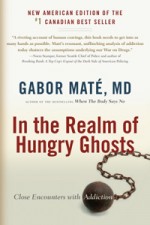 Maté briefly outlines several of the traits that make an individual prone to addiction. These include poor self-regulation (the ability to maintain emotional balance and stability), a lack of differentiation and self-identity (the capacity to hold onto a healthy sense of self, especially while interacting with others), impaired impulse control (“A salient trait of the addiction-prone personality is a poor hold over sudden feelings, urges and desires”) and a sense of deficient emptiness (the addict believes that he is “not enough”). (pp. 226-228, 335)
Maté briefly outlines several of the traits that make an individual prone to addiction. These include poor self-regulation (the ability to maintain emotional balance and stability), a lack of differentiation and self-identity (the capacity to hold onto a healthy sense of self, especially while interacting with others), impaired impulse control (“A salient trait of the addiction-prone personality is a poor hold over sudden feelings, urges and desires”) and a sense of deficient emptiness (the addict believes that he is “not enough”). (pp. 226-228, 335)
All of these traits inherent in the addictive process are developed, or not, in Maté’s view, as a result of early childhood neglect or trauma. Of course, “not all addictions are rooted in abuse or trauma,” Maté acknowledges, “but I do believe they can all be traced to painful experience. A hurt is at the centre of all addictive behaviours.” (p. 36)
To illustrate his point(s), Maté tells the story of a Toronto police officer, Paul Gillespie, who rescued children after scanning graphic Internet videos of them being raped and molested. He couldn’t, even in retirement, get over the sounds of their crying and the sight of their “dead eyes.” If he hadn’t retired, Maté writes, he might have seen them years later, no longer “heartbreakingly sweet,” instead now hungry ghosts with ravaged faces, thieves, drug pushers and shoplifters sick, dying, addicted. But the irony and the insanity hardly stop there: detective Gillespie’s drug squad colleagues, foot soldiers in the war on drugs, will be frisking them, arresting them again and again, putting them in jail, these “criminals” now, grown up haunted victims victimized yet again. (pp. 267-268)
When I first started reading In the Realm of Hungry Ghosts I couldn’t help but share my admiration of the book at AA meetings I attended.
After one meeting, Naomi came over to me and said, “It is a great book. Can you guess what part I liked the most?”
I confessed that I couldn’t. It’s that kind of book. There are lots of different parts, with different appeal to different people.
“The part about the brain,” she said.
Maté’s book has two sections devoted to the brain. I glanced through them but I have to confess that the neurophysiology of addiction is not my strong suit. When I read about dopamine I turn into a dope, no doubt a result of my own deficient brain chemistry. I sort of understand that body and mind are connected but, to be honest, when I die I think it will be like a house burning down. Everything inside will go with it but less because of connection and more as a result of being in the wrong place at the wrong time. Nevertheless… I understand that these parts of the book are very well researched and presented. Maté certainly acknowledges the interaction between brain and behaviour and their complicity in producing addiction but argues that behaviour has more impact on the brain than the brain has on behaviour. The two sections on the brain are Part III: A Different State of the Brain and Part IV: How the Addicted Brain Develops and they cover some eighty pages.
At the beginning of this review I noted that there are no stories of recovery in this book.
That is true. But Maté’s main goal in writing the book has everything to do with recovery. To begin with, recovery will always be next to impossible unless addiction is understood. This book is a treasure trove of wisdom about the nature and origins of alcoholism and addiction.
Maté is not interested in blaming “genes, parents, God, the weather” for addiction, as one reviewer put it. But he does want to assign responsibility where it belongs and change what can be changed. “It makes sense to focus on what we can immediately affect: how children are raised, what social support parenting receives, how we handle adolescent drug users, and we treat addicted adults.” (p. 203) For 12-Steppers in recovery, it is also perhaps worth pointing out that Maté shares his understanding of the 12 Steps in Appendix IV of the book.
“I cannot begin to tally how many revelatory, shocking and reassuring words, lines, paragraphs and whole pages I have highlighted in this astonishing book.” (Susan Musgrave, author and poet) Gabor Maté’s book, In the Realm of Hungry Ghosts: Close Encounters with Addiction, originally published in 2008, is an important work in the modern history of addiction treatment and recovery.

Dr. Maté’s interpretations of each of the 12 Steps are in Appendix IV of In the Realm of Hungry Ghosts. They are also included in The Little Book and can also be found in the menu on AA Agnostica: Step Interpretations.
For more information about Dr. Maté you can visit his website here: Dr. Gabor Maté.
He is also going to publish another book: The Myth of Normal: Trauma, Illness & Healing in a Toxic Culture. Is our culture now “toxic” with a false understanding of “normal”? This will no doubt be an engaging and fascinating book.
For a PDF of this article, click here: In the Realm of Hungry Ghosts.


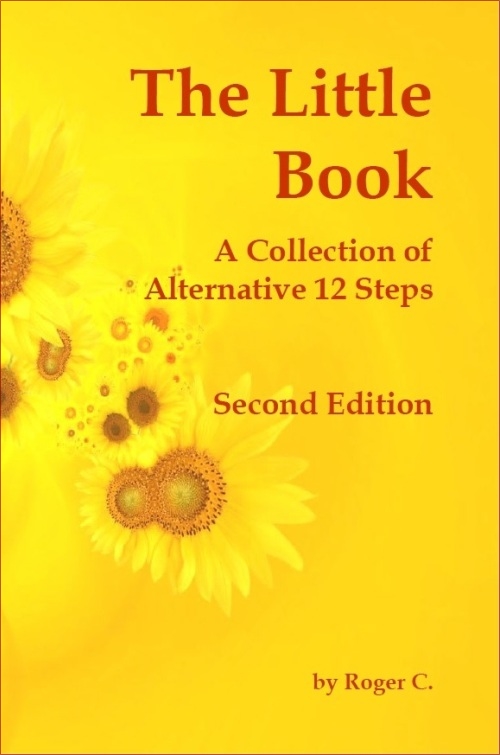
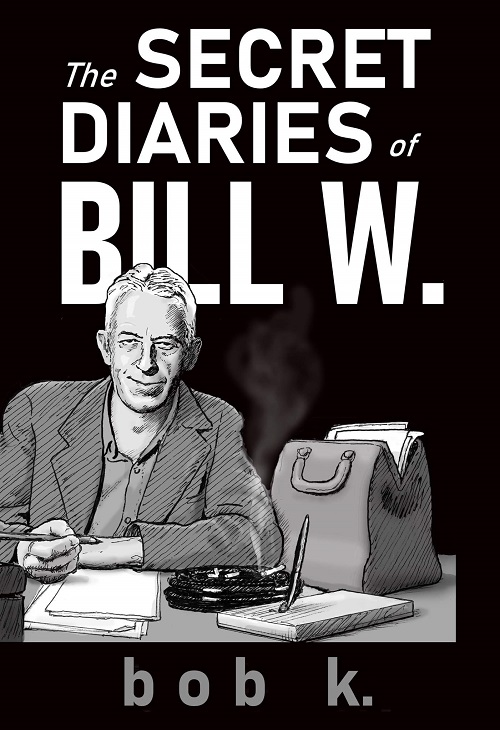
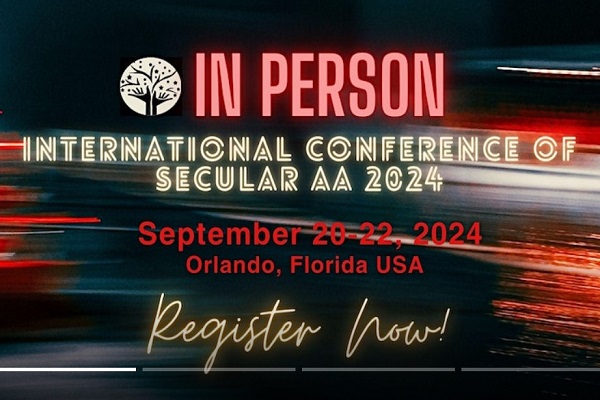


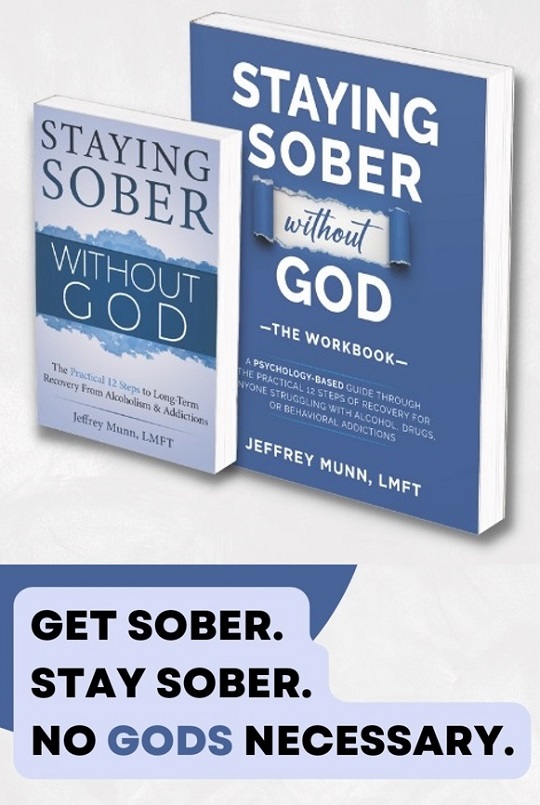
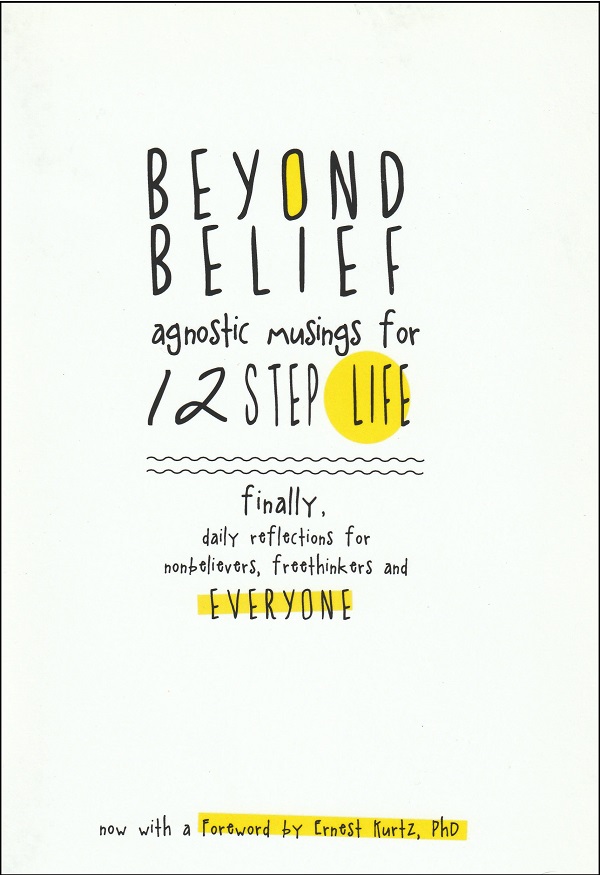

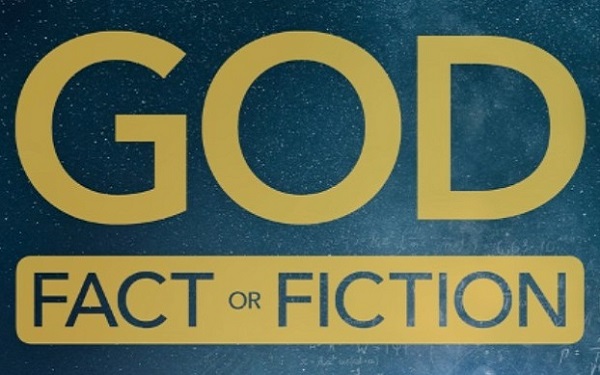
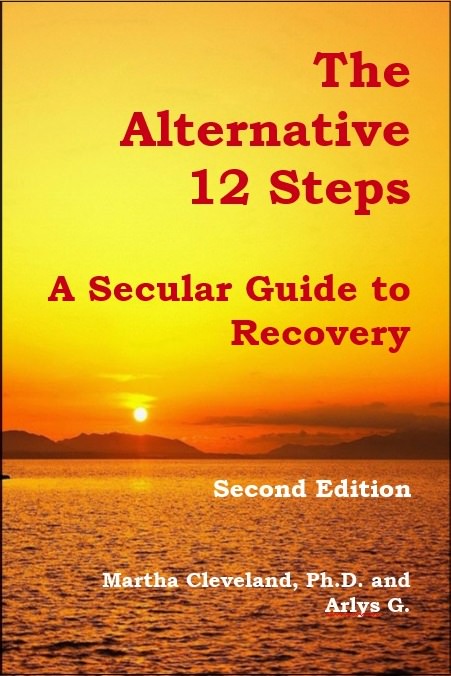



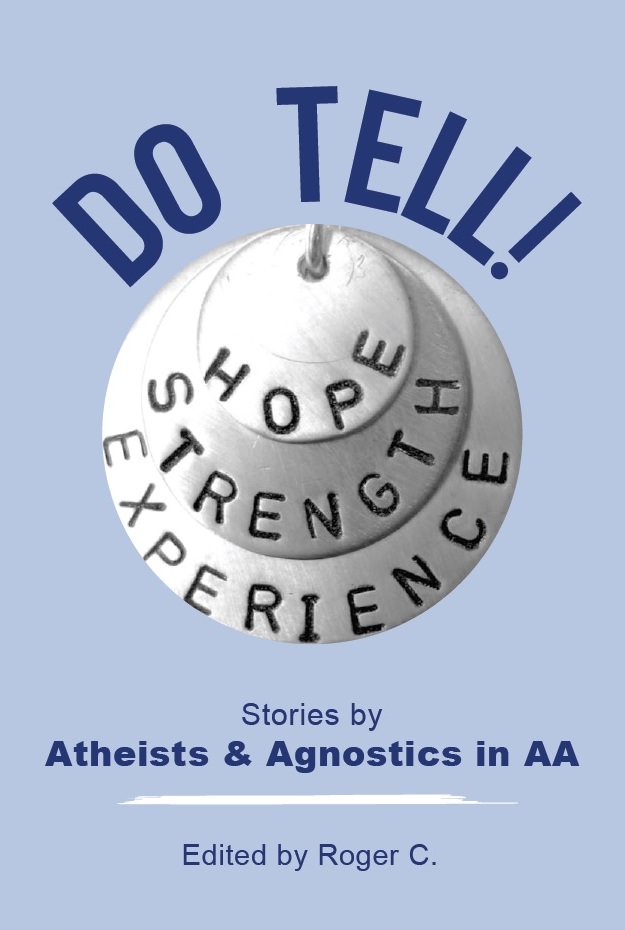
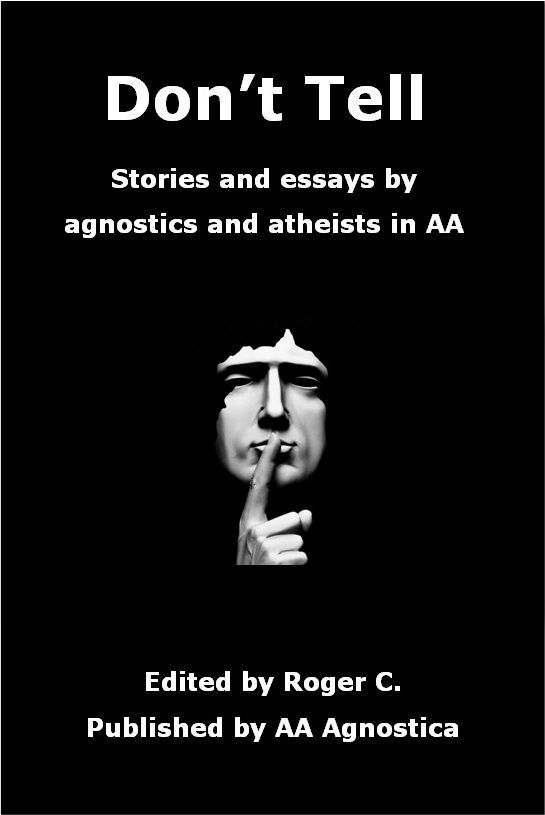
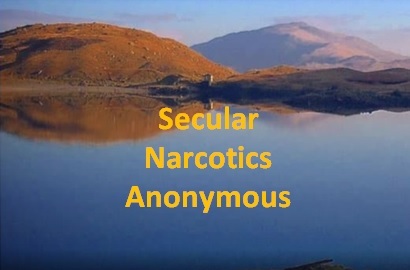



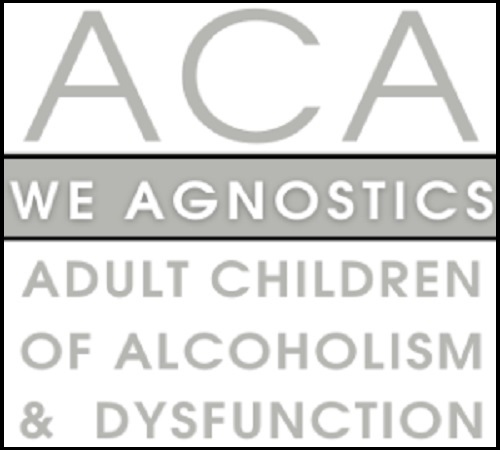


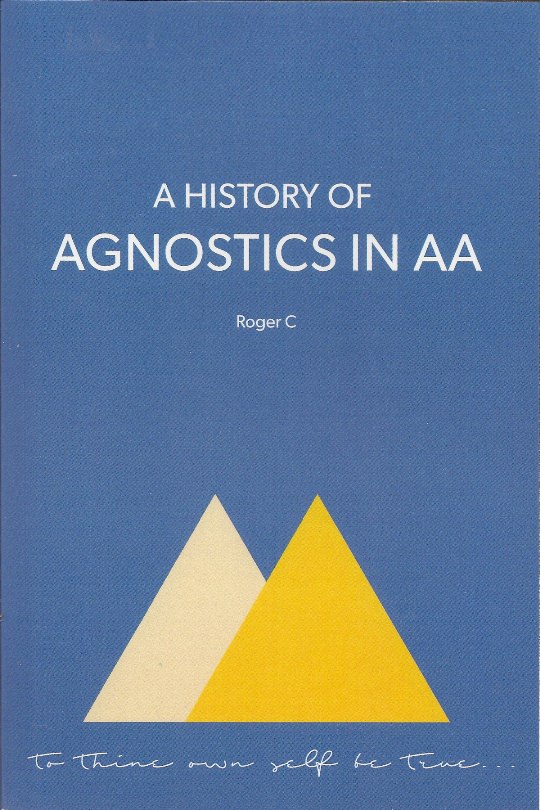
Thank you so much for this article!
Re-posting is great… I get to read things I missed. As someone in active recovery for over thirty years, I still find understanding of addiction cunning and baffling. I’m looking forward to exploring Maté’s research and insight further.
I ordered this book several years ago—possibly prompted by this review. I put it aside without finishing it. It tells a very sad story. It’s dark and it’s depressing.
Nonetheless, it’s a tale that needs to be told, again and again, if our societies are to change.
What I am really interested in, bob, is the book by Gabor Maté that will be published next year: The Myth of Normal: Trauma, Illness and Healing in a Toxic Culture. I’ve been waiting forever for this book!
Two hundred years ago, Reverend Justin Edwards (1787-1853) had said the purpose of the Temperance Movement wasn’t to reform drunkards – it was to urge the temperate to remain so. Let the unreformed continue to drink and when they die the problem will be solved.
Reverend Edwards ideas are echoed in eugenic theory which posited that, by taking an attitude of benign neglect, alcoholics would die off through the process of natural selection.
Today, as heroin and fentanyl take their toll, some think society’s problems with drug addicts will disappear through attrition.
Not the best example of Christian brotherly love.
Interesting article, BUT, I’m from a good, respectable, caring family and took my first drink at 14 – there followed 25 years of alcoholic drinking, and carnage. I’m now 32 years sober. I was born alcoholic, I’ll die alcoholic. Nothing will change my opinion. Far to much evidence I’ve seen.
These include poor self-regulation (the ability to maintain emotional balance and stability), a lack of differentiation and self-identity (the capacity to hold onto a healthy sense of self, especially while interacting with others), impaired impulse control (“A salient trait of the addiction-prone personality is a poor hold over sudden feelings, urges and desires”) and a sense of deficient emptiness (the addict believes that he is “not enough”). (pp. 226-228, 335)
This paragraph describes me. I grew up in a great home no abuse but yet this is who I was growing up. Alcohol helped me escape these feelings yet I believe what makes me an alcoholic is the mental obsession and the physical allergy to alcohol not my emotional shortcomings.
Addiction is the symptom (indicator), of the outsides engendering “I’m not enough-ism”. As the Lakota Sioux women said, she’s not faith based, for she is nature, which is an inside job.
Great article. I love this book. Dr Mate’s writing is very inspiring and it certainly helped me make some sense of what can influence my decision-making. Good or bad. It’s got nothing to do with a higher power!
I enjoyed this book so much that I bought a dozen copies on the net and handed them out to friends at AA meetings. Even took it to my doctor and discussed a few points highlighted. He was impressed as well. Looking forward to his next release.